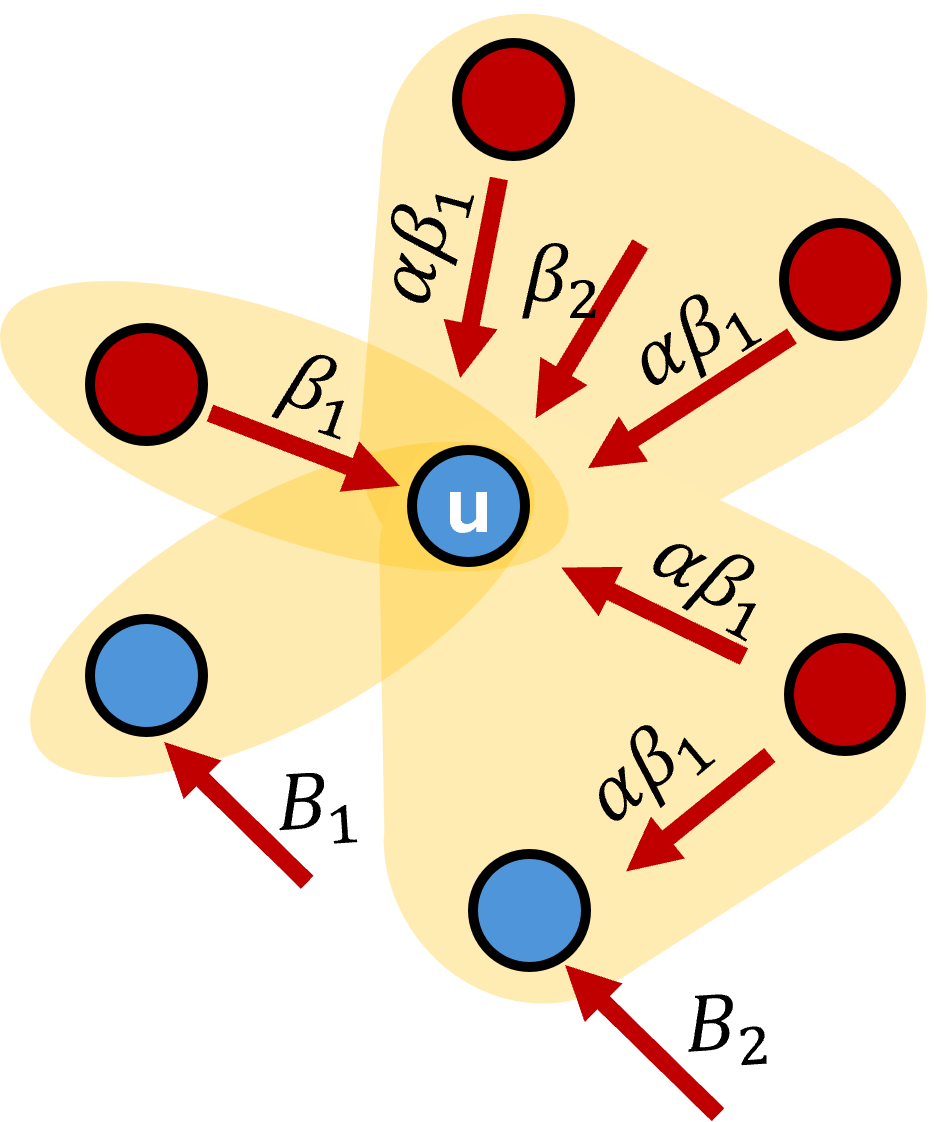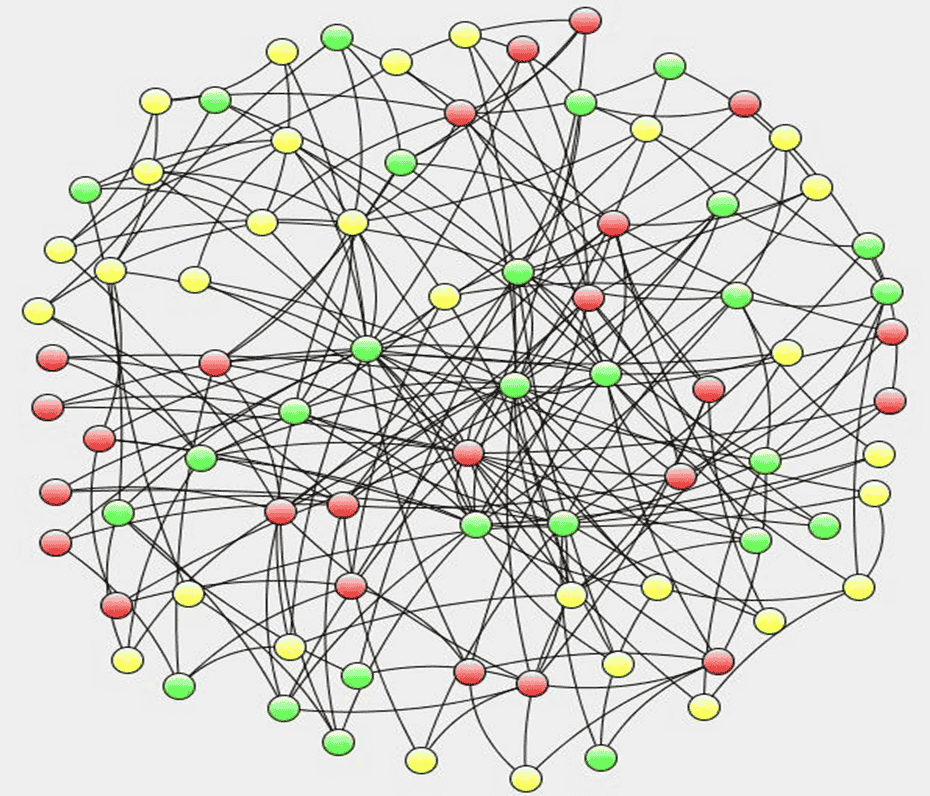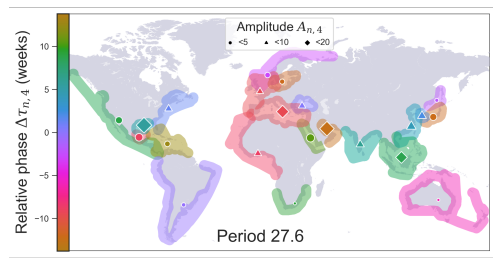Projects
Our Research Areas

Inference of structure and dynamics
We develop methods to uncover the hidden structure of social contact networks and the transmission dynamics of epidemics from observed data. This work seeks to reconstruct how individuals interact and how these interactions shape the spread of disease.

Higher-order contagion
Beyond simple pairwise connections, many real-world processes involve group interactions. We study how contagion unfolds in higher-order networks, such as hypergraphs and simplicial complexes, where the spread of diseases or ideas depends on collective behaviors within groups rather than just pair interactions. This approach reveals new mechanisms that shape how information and diseases propagate.

Integrating behaviour into epidemic models
Ignoring how people react during an outbreak is a primary reason why epidemic forecasts often fail. This research area focuses on fixing that flaw. We build and rigorously test a new class of models that captures the complex feedback loop between risk perception, behavior, and transmission dynamics. By validating these models against real-world data, we demonstrate their superior accuracy and reveal how traditional models can systematically misjudge a pathogen's infectiousness. The goal is to create more resilient and realistic forecasting tools to better prepare for and manage future infectious disease threats.

Foundational epidemic models
Our group focuses on the mathematical foundations of epidemic modelling. We design and analyse models that capture the essential features of spreading processes, providing a basis for accurate prediction and a deeper understanding of how diseases propagate.

Dynamics of temporal networks
While static networks effectively capture structural relationships, they ignore the temporal dimension where real-world interactions unfold and evolve. Our research investigates the dynamical patterns exhibited by temporal networks, from individual agent behaviors moving through the network to system-wide collective evolution patterns. By explicitly leveraging the temporal dimension, we aim to gain deeper insight into the mechanisms governing how temporal networks evolve and reveal fundamental dynamics that are invisible in static network representations.

Stochastic and statistical modelling in healthcare
In this area, we develop and apply sophisticated computational models to solve pressing problems in public and clinical health. By integrating real-world data from large-scale epidemic outbreaks to individual patient records, with rigorous analytical techniques, we aim to uncover the mechanisms driving disease dynamics. Our goal is to provide quantitative evidence that can inform public health policy and support clinical decision-making.